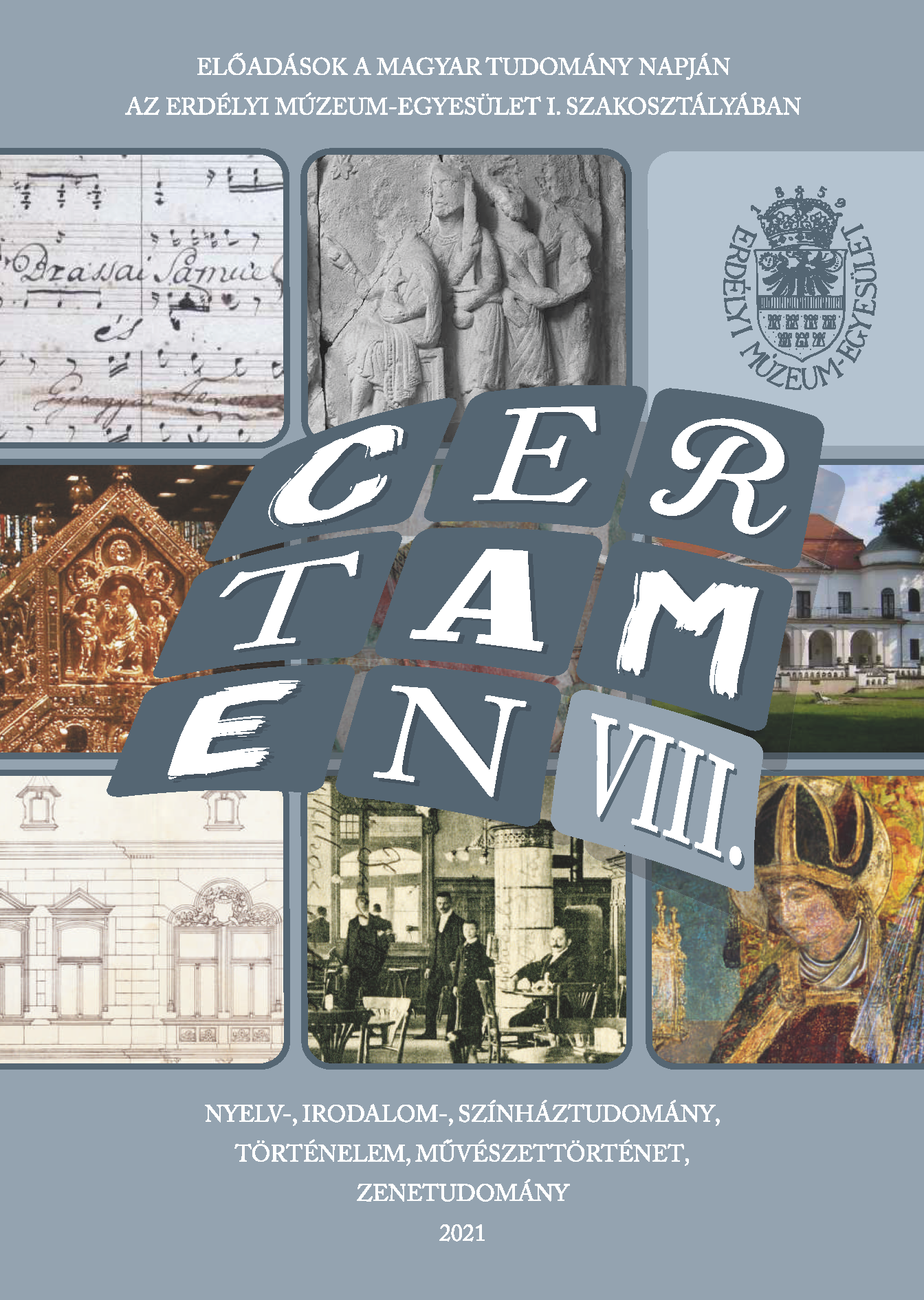Barokk házból kávéház. A marosvásárhelyi Bissingen-palota átalakításairól
From Baroque House to Coffee House. The Transformations of the Bissingen Palace from Târgu Mureş
Author(s): János OrbánSubject(s): Cultural history, Pre-WW I & WW I (1900 -1919), History of Art
Published by: Erdélyi Múzeum-Egyesület
Keywords: Târgu Mureș; architecture; historicism; coffee house; Domokos Berzenczey; Béla Keleti;
Summary/Abstract: The study provides insight into certain aspects of the past of the building in Târgu Mureş that stands on the corner of the Trandafirilor Square with the Béla Bartók Street. In 1765-1766, on this land plot, Earl Ferenc Földvári had raised a baroque style, multi-storey building with the contribution of master builder Paul Schmidt. The family’s coat-of-arms on the main façade was sculpted by Anton Schuchbauer, while the interior wall painting of the staircase figuring Hungarian kings and leaders was painted by Paul Seblauer. In the second half of the 19th century the building ended up in the property of the Lázár earls and the widow of Otto Bissingen, Eleonóra Lázár, in 1902, transformed it into a representative palace, according to the newest tendencies of the period. Due to its historicizing main façade and the closed, turreted corner balcony the building became one of the most elegant among those located in the historic town center. Not long after, the ground floor hosted the renowned coffee house named Korzó, run by Adolf Rechnitzer, thus, the newest transformations were elaborated in line with the needs of the establishment. In 1904, based on the plans of architect Domokos Berzenczey, the capacity of the halls of the ground floor were expanded. The elegant furnishings, in art noveau style, were made by Károly Tóthfalusi, a local carpenter with experience in France and England. In 1910 the expansion of the space continued with the help of entrepreneur Béla Keleti. The reinforced concrete pillars were designed by a famous expert in the field, Richárd Sabathiel from Budapest. Simultaneously, all interior arrangements and furnishings were renewed according to the geometric art nouveau style.
Journal: Certamen
- Issue Year: 2021
- Issue No: VIII
- Page Range: 325-355
- Page Count: 31
- Language: Hungarian

